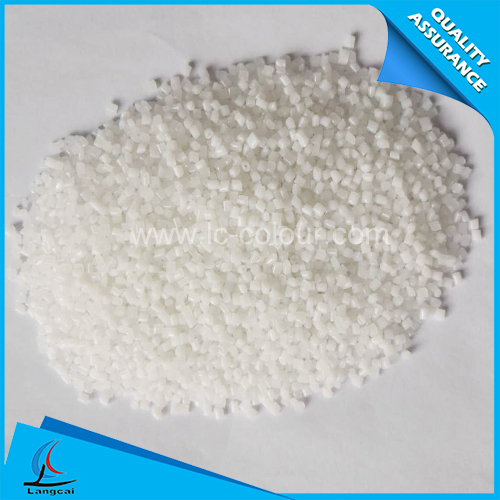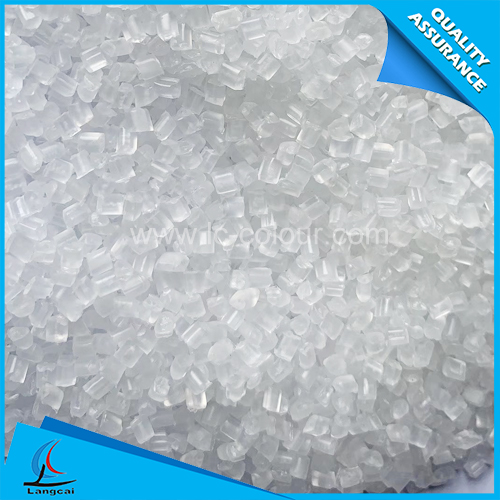- Nonwoven Fabrics
- Tailor Made Masterbatch
- Plastic Masterbatch
- Chemical Fiber Masterbatch
- Functional Masterbatch
- Machinery
- Spunbond PP Nonwoven Masterbatch
- Mono Color Masterbatch
- Liquid Color Masterbatch
- Non-woven Masterbatch
- Polyester Fiber Masterbatch
- Nylon Fiber Masterbatch
- Polypropylene Fiber Masterbatch
- Lab Nonwoven Machine
- Lab BCF Machine
- Dryer
- Filler Masterbatch
- How can the refined cotton industry navigate through the trade fog between China and Japan
- Why choose Mono Color Masterbatches? Three major advantages highlight value!
- The "Symbiotic code" between domestic and overseas markets
- The application advantages of Plastic Masterbatches are remarkable!
- How will the "balanced development of imports and exports" be promoted during the "15th Five-Year Plan" period?
- Why choose Mono Color Masterbatches?
- Phone:00836 - +86-535-8484358
- Email:wendy@ytlc-colour.com
- Address:DALAN INDUSTRIAL PARK, ZHANGXING TOWN, ZHAOYUAN CITY, SHANDONG, CHINA
Color masterbatch coloring is a plastic coloring method that is more commonly used today. The colorant dispersed in the carrier is simply mixed with the original color masterbatch resin to produce a plastic article. The coloring material is mixed and granulated into a colored plastic by mixing and mixing the natural resin with the coloring agent, and is used in a molding process. Dry powder coloring: The powdered coloring agent is uniformly mixed with the natural color resin and directly used for the manufacture of plastic products.
Functional masterbatch pigment selection
Different functional masterbatches have different properties when pigments are selected. The following sections describe how the masterbatch selects pigments:
The pigments selected for heat-resistant functional masterbatches, the basic requirements can withstand the temperature in the production process of polypropylene fiber, to maintain its performance is stable. The temperature resistance temperature is generally required to be 270 ~ 280 ° C or more.
The pigment for the disperse functional masterbatches should be excellent in dispersibility, and should be uniformly dispersed in the masterbatch, and the dispersant used does not reduce the quality of the polypropylene fiber. Otherwise, the quality of the raw liquid colored fiber cannot be produced, and the operation is unstable. It is easy to break or produce abnormal fibers when drafting fibers.
Brightness polypropylene coloring has a variety of uses, including bedcloth fabrics and knitted fabrics, which require bright colors. Because organic pigments are bright and bright, and easy to color, organic pigments are used for the above purposes.
Light resistance Some pigments have a photosensitizing effect under the action of light, which causes the colored fibers to fade and be brittle. The light resistance of the pigment is basically related to its chemical structure. Therefore, attention should be paid to the light fastness and light resistance of the pigment when making the masterbatch. When the pigment needs to be used, it is possible to consider adding a UV absorber.
- Why choose Mono Color Masterbatches? Three major advantages highlight value!
- How can the refined cotton industry navigate through the trade fog between China and Japan
- The application advantages of Plastic Masterbatches are remarkable!
- The "Symbiotic code" between domestic and overseas markets
- Why choose Mono Color Masterbatches?
- How will the "balanced development of imports and exports" be promoted during the "15th Fi
- What are the prominent advantages of Plastic Masterbatches?
- The opening ceremony of the 9th China Textile Intangible Cultural Heritage Conference was
- Explore the performance optimization and efficient coloring of Mono Color Masterbatches!
- What pressure does the United States' promotion of US-India trade cooperation bring to Chi


